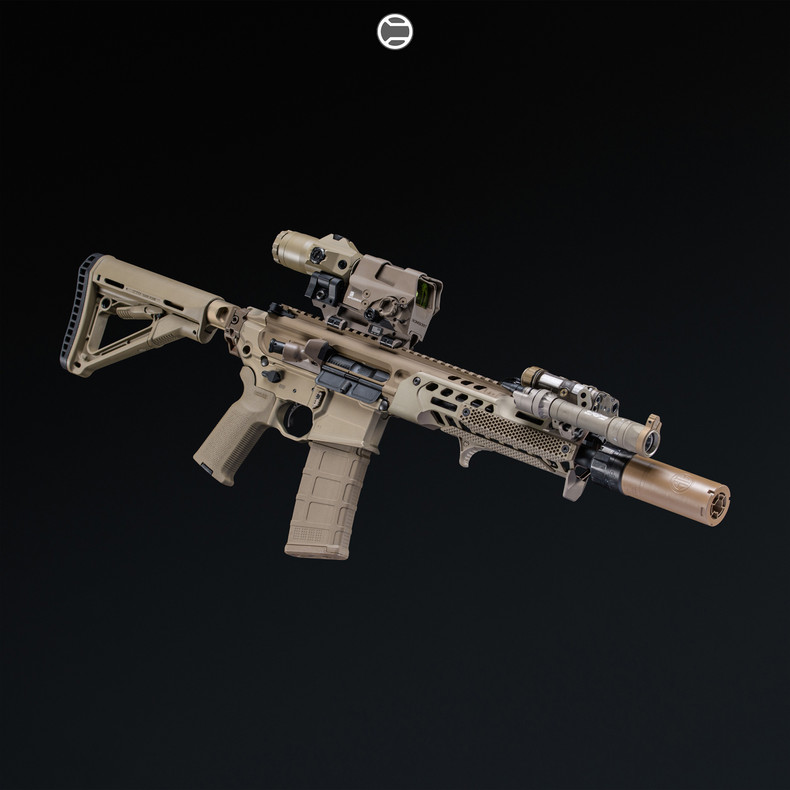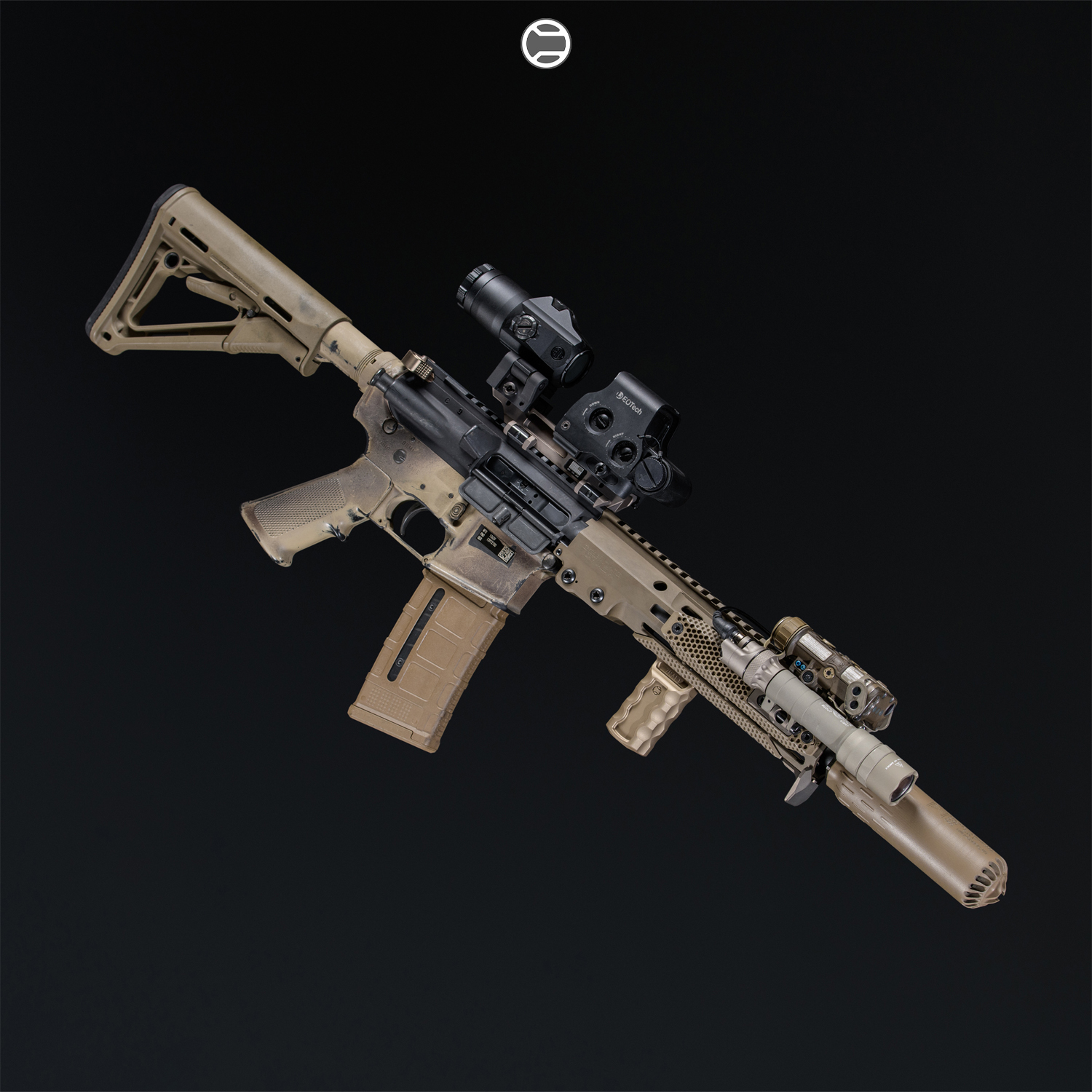
Mounting optics on your AR-15 is more than just slapping glass on your upper receiver. The right mount determines how secure your optic is, how consistent your zero stays, and how naturally you acquire your target. A poor mount can compromise accuracy, limit accessory compatibility, and create ergonomic headaches. The right mount, however, enhances performance, balances the rifle, and ensures reliability across range sessions, competitions, or duty use.
With so many optic mounts available—fixed, quick-detach, cantilever, risers—the key is understanding how each works with your setup and where premium solutions like the MonoLift™ Riser fit in.
Different Types of the Best AR-15 Optic Mounts
Different scope mounts offer unique advantages, from the simplicity and low cost of fixed mounts to the quick-swap convenience of QD optios. Cantilever and one-piece designs maximize stability and rail space, while ring mounts keep setups lighter and more modular.
Fixed mounts
Reliable and affordable, fixed mounts secure directly to the rail. While they lack flexibility, they’re a solid choice for range rifles or budget builds where simplicity rules.
Quick-detach (QD) mounts
Ideal for shooters who swap optics, QD mounts allow fast removal without tools. The tradeoff is bulk and, on cheaper versions, less repeatable zero retention.
Cantilever mounts
These push the optic forward, giving you extra eye relief while leaving more rail space for magnifiers or backup irons. They’re a popular choice for LPVOs and longer optics.
One-piece vs. ring mounts
One-piece mounts typically offer better rigidity and alignment for LPVOs, while ring mounts allow modularity and a lighter footprint. The choice depends on optic length and your rail real estate.
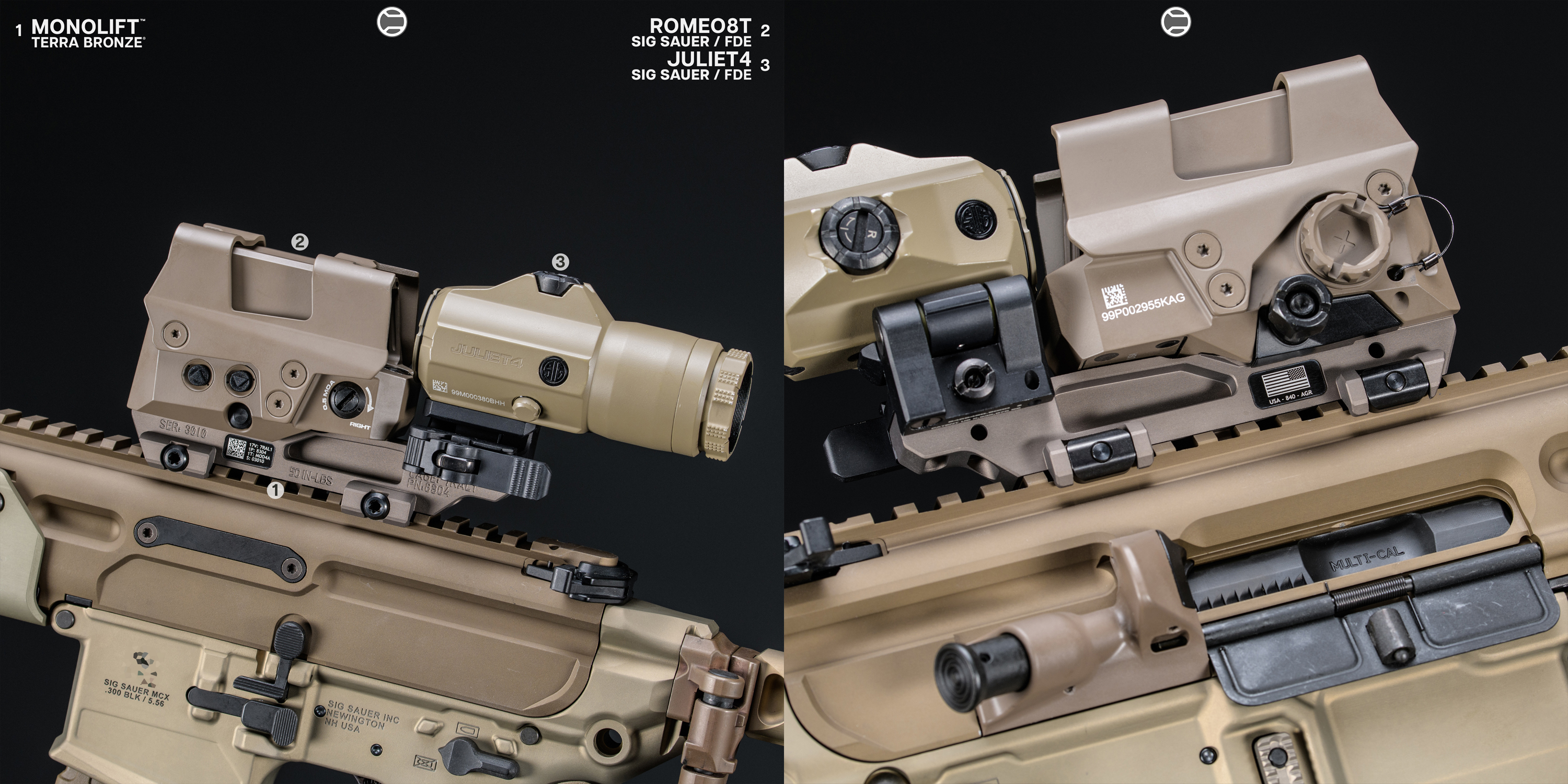
Mount Compatibility With Popular AR-15 Optics
• Red dots: Generally require minimal height adjustment, but risers like the MonoLift™ can improve heads-up shooting and magnifier alignment.
• LPVOs (Low Power Variable Optics): Benefit from cantilever mounts for proper eye relief, plus accessories like anti-cant levels for precision.
• Prism and holographic sights: Typically compact, but still benefit from risers or QD mounts depending on mission requirements.
This is where RailScales’ MonoLift™ Riser comes into play—it creates a unified optical plane for red-dots and magnifiers, particularly solving issues with the Romeo8T and Juliet4 setup.

Featured Product: RailScales MonoLift™ Riser
The MonoLift™ Riser was developed for contract use and is now available commercially. Instead of stacking spacers that introduce cant and snag points, the MonoLift aligns your optic and magnifier cleanly while shrinking the footprint by nearly a quarter inch.
• Alignment optimized: Pairs the Romeo8T and Juliet4 at a 2.26" optical center.
• Compact footprint: Shortens the red-dot/magnifier combo by 0.240".
• Flexible height: Lower deck (0.725") and rear deck (0.850") for heads-up posture.
• Durable build: CNC-machined 7075-T6 aluminum, Type III anodized, 2.96 oz weight.
• Improved placement: Moves the Juliet4 five slots further rearward than OEM mounts.
By reducing tolerance stacking and delivering a rugged but featherweight riser, the MonoLift ensures faster, cleaner target transitions. It’s a game-changer for duty rifles and competitive builds alike.
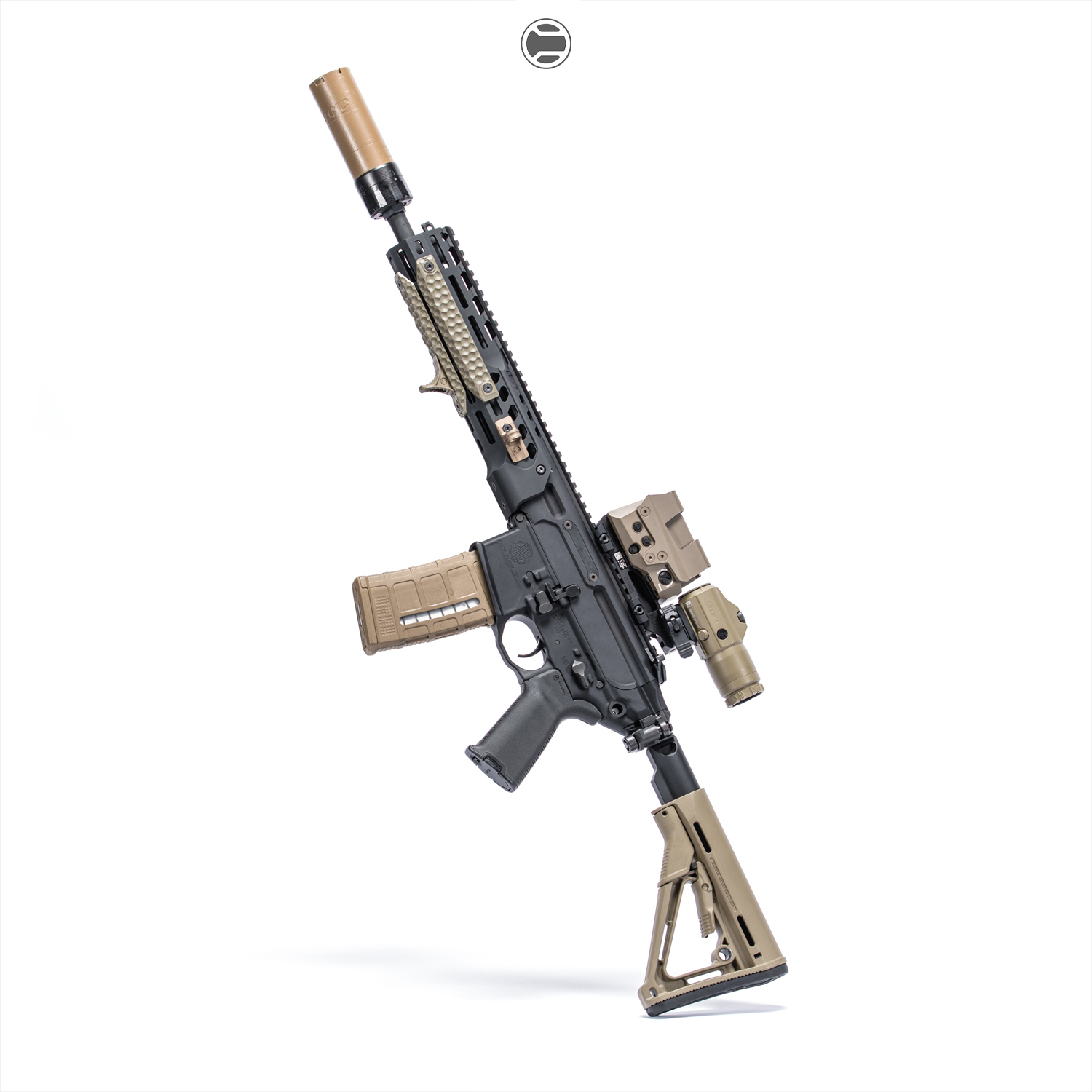
AR-15 Optic Accessories That Enhance Stability
• Anti-cant devices: Crucial for precision shooters running LPVOs.
• Torque and leveling kits: Essential for consistent optic installation.
Pairing accessories smartly reduces failure points and keeps your rifle running in any scenario.
Mount Height and Eye Relief: Getting the Perfect Alignment
Height-over-bore is often overlooked, but it matters. Too low, and you strain your neck; too high, and you compromise ballistic offset. The MonoLift’s 2.26" centerline was specifically engineered for heads-up shooting, ideal for modern carbine postures and users running night vision or gas masks.
When combined with RailScales XOS-H panels or a Karve handstop, you create a complete ergonomic setup—firm rifle control up front and consistent sight alignment up top.
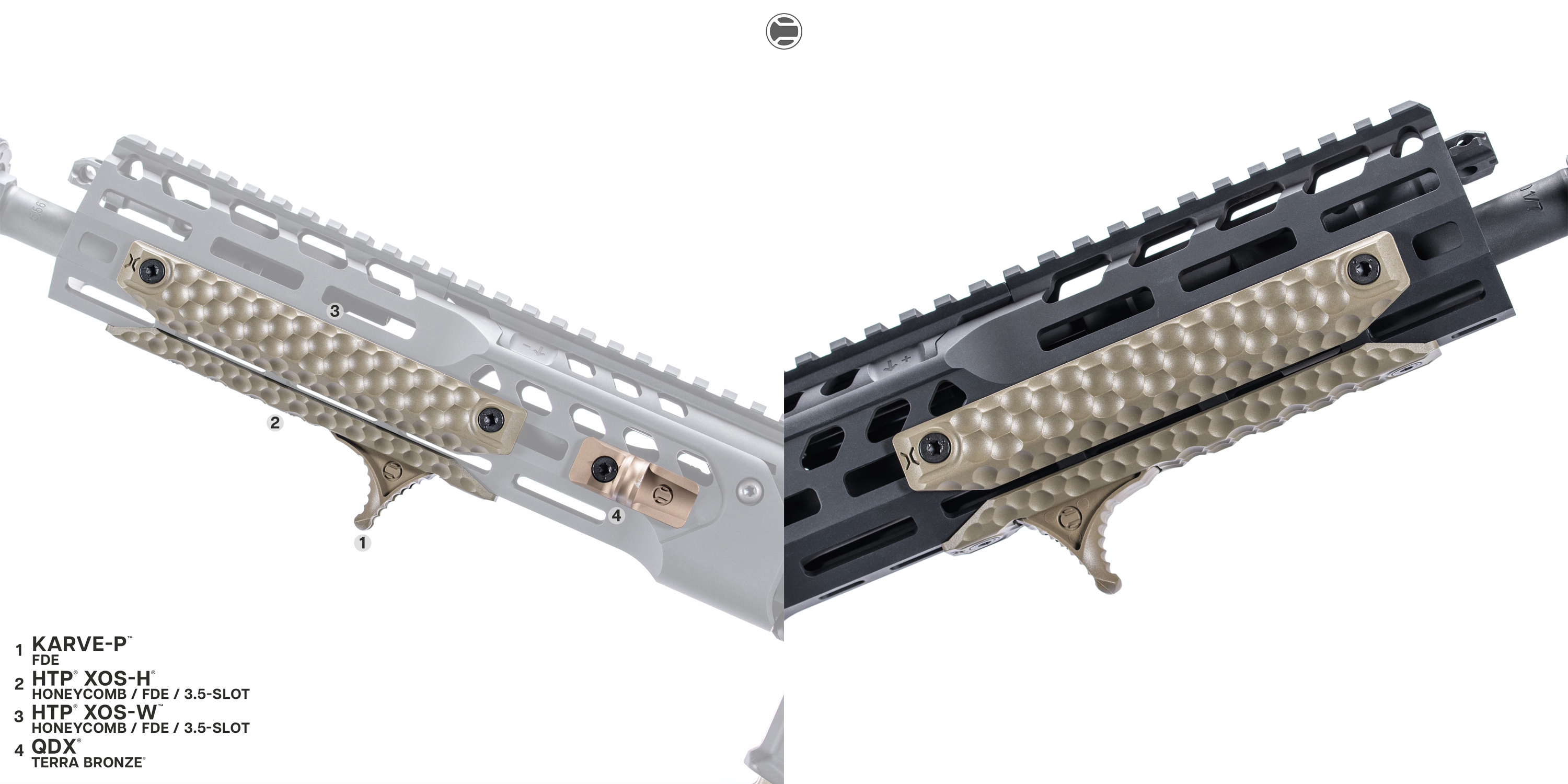
Best Shooting Optic Mounts for AR-15 in 2025
• RailScales MonoLift™ Riser — best option for magnifier/red-dot alignment and streamlined builds.
• Scalarworks LEAP Mounts — excellent for LPVOs, known for repeatable zero.
• Geissele Super Precision — rugged duty-ready LPVO mounts.
• Badger Condition One — strong, dependable cantilever option.
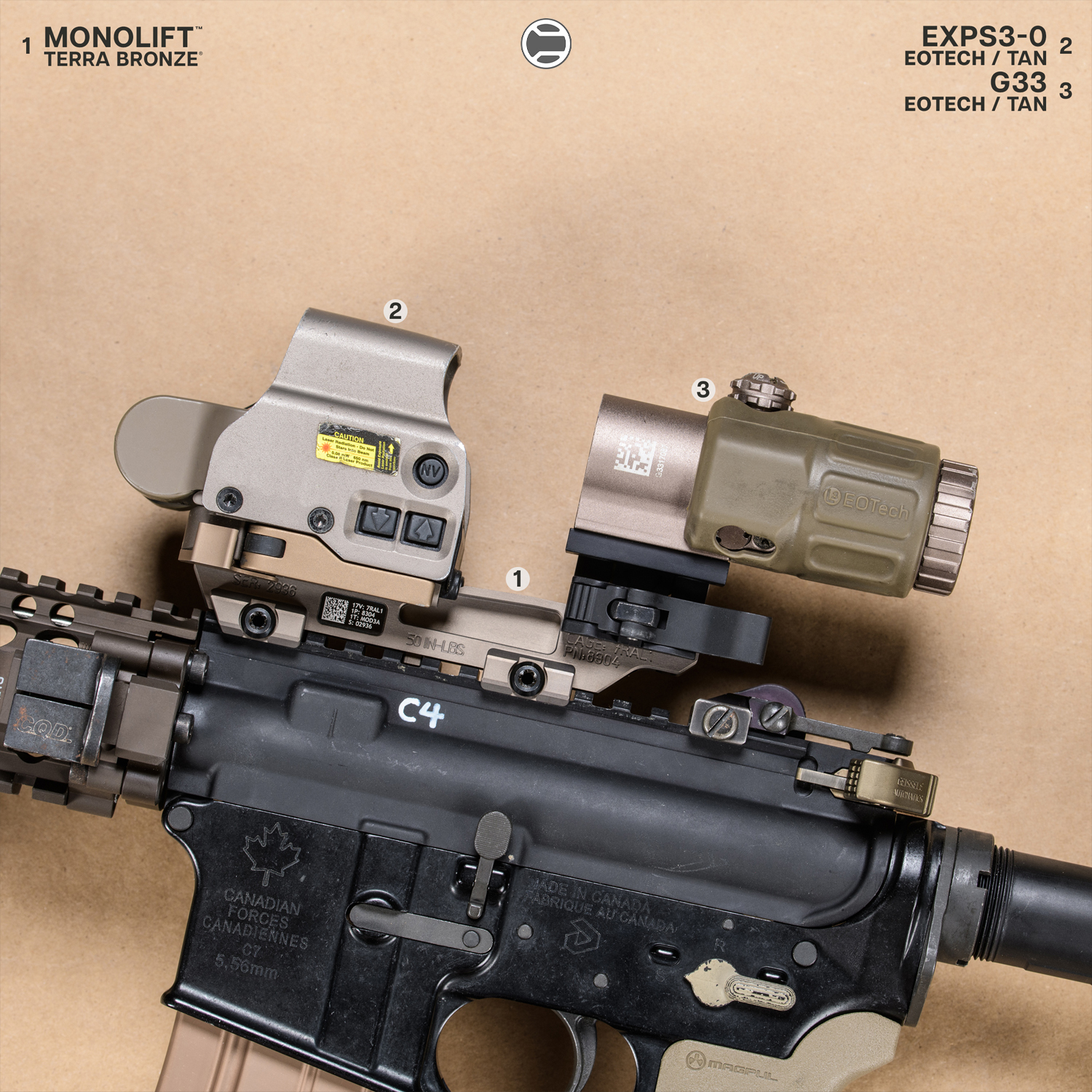
FAQ: AR-15 Optic Mounts and the MonoLift™ Riser
Q: Do I need a riser for my red-dot?
A: Not always, but a riser like the MonoLift improves heads-up posture, works better with magnifiers, and removes spacer stacking issues common with OEM mounts.
Q: Will the MonoLift work on a standard AR-15 upper?
A: Yes. It mounts to standard Picatinny rails, requiring 7 slots of space.
Q: How does the MonoLift compare to spacer stacking?
A: Spacer stacking introduces tolerance issues and cant. The MonoLift eliminates this by creating a single machined surface for both optics.
Q: Does mount weight really matter?
A: Yes. At 2.96 oz, the MonoLift keeps your rifle balanced, particularly on compact platforms like SBRs or MK18-style builds.
Q: What RailScales products pair well with the MonoLift?
A: The RSB vertical grip for control, Karve handstop for indexing, and XOS-H panels for heat protection all complement optic-focused builds.
Conclusion On Optic Mounts and Accessories
Your optic mount is the foundation of your sighting system—cutting corners here undermines the performance of even the most expensive glass. Fixed, cantilever, and QD mounts all have their place, but the MonoLift™ Riser is a forward-thinking solution that solves alignment issues while reducing footprint and snag points. Paired with other RailScales control accessories, it gives AR shooters a complete system that balances precision, ergonomics, and durability.
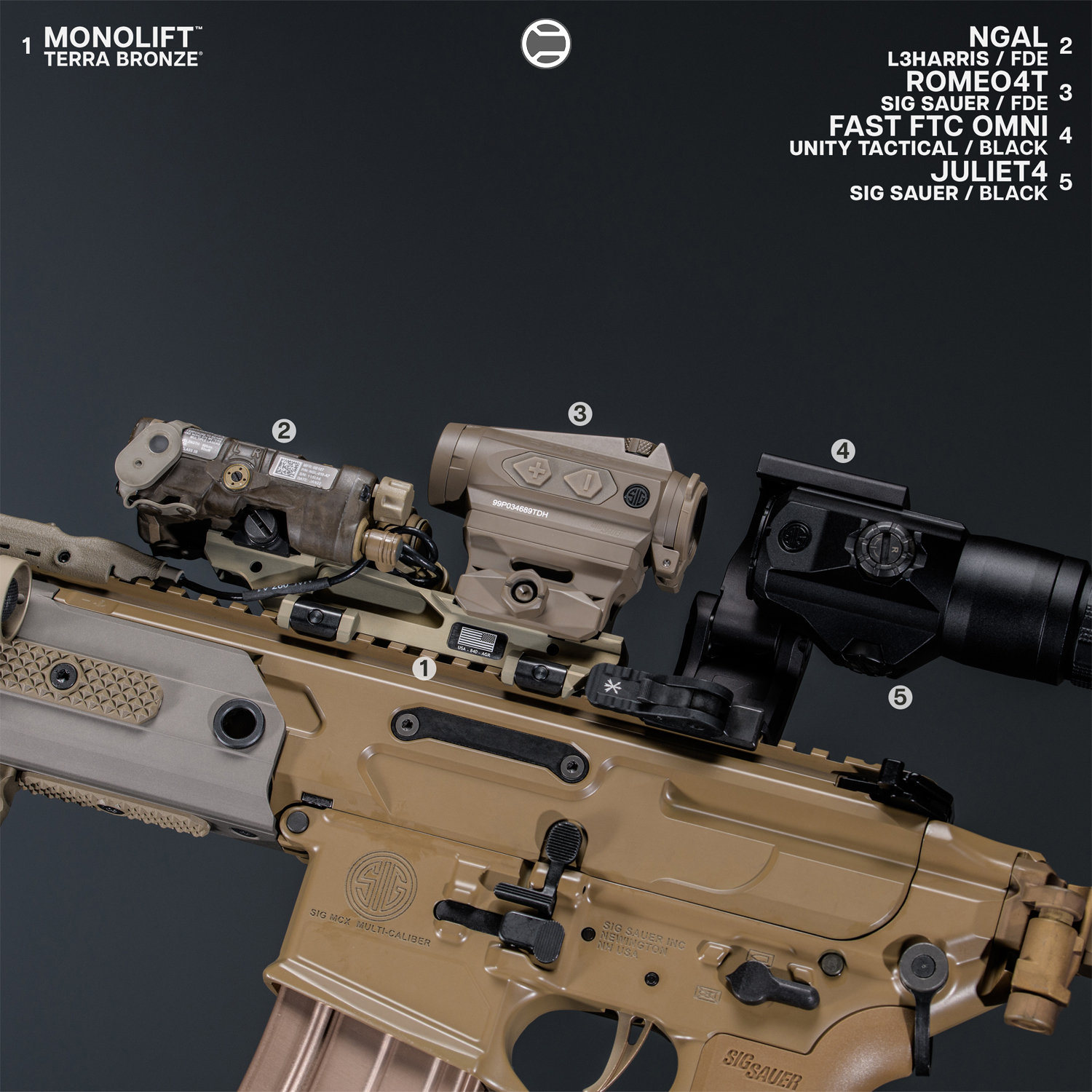
Disclaimer:
This blog content was generated by a human and with the aid of artificial intelligence. It may contain errors or inaccuracies and should not be relied upon as a substitute for professional advice. This content is for SEO/entertainment purposes only and the views expressed in this content does not necessarily reflect the views of RailScales LLC. For more information, please refer to bullet point #13 on our FAQ.

